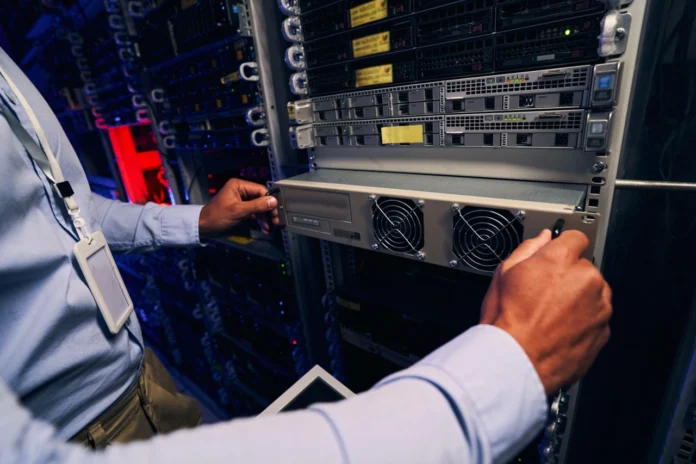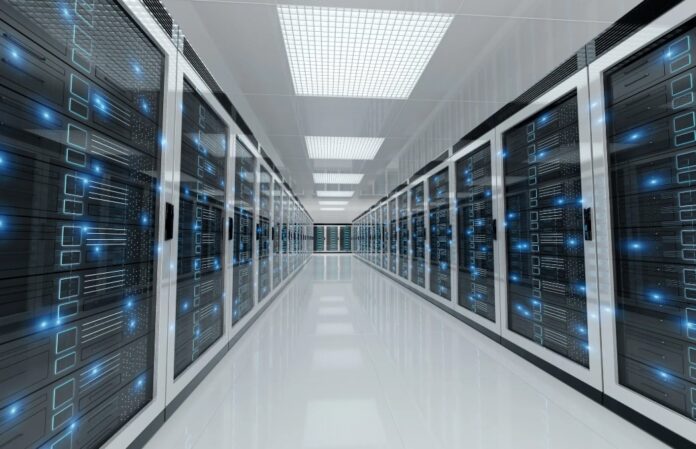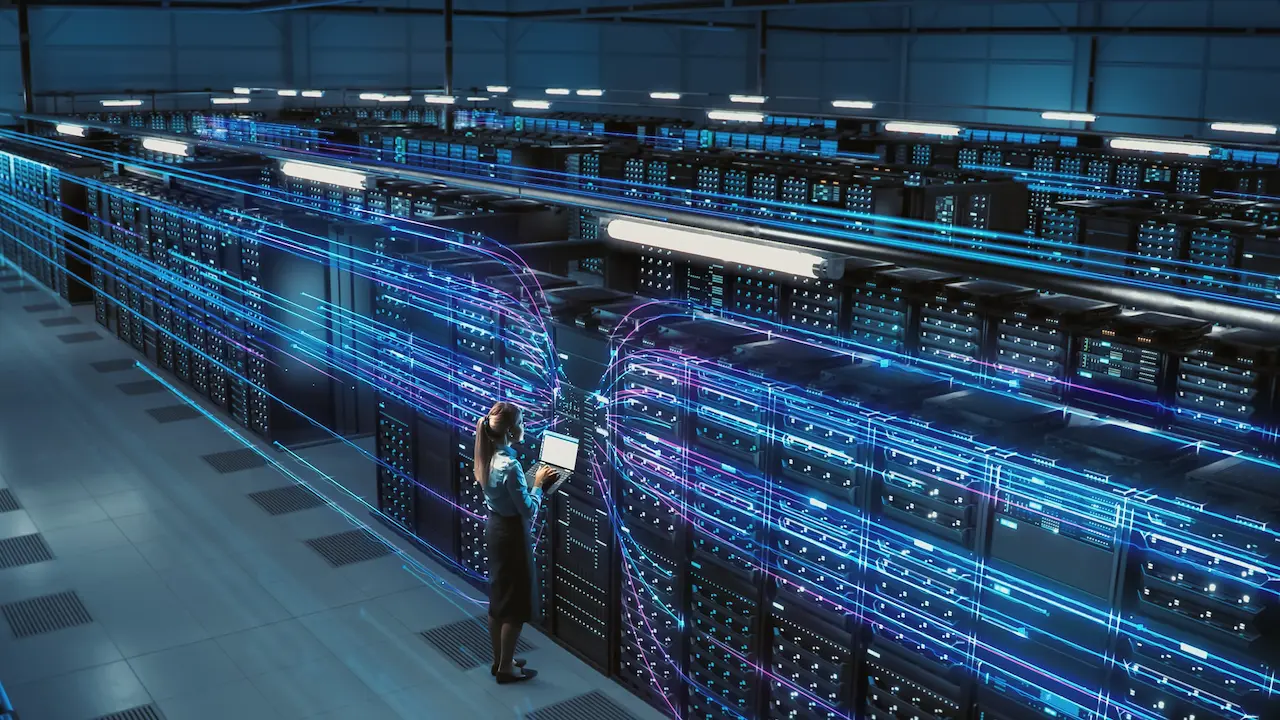Servers operate critical applications as well as essential services. Servers suffer regular hardware failures together with software breakdowns and security encounters along with performance challenges.
Server reliability is negatively affected by data center problems that result in disrupted networks along with power outages. The document details multiple common server problems together with their proven solutions.
Common Hardware Data Center Problems

Hardware failures disrupt server operations and may lead to system crashes.
Common Hardware Issues
- Storage and RAM failures – Faulty disks or defective memory modules cause data loss, slow performance, or crashes.
- CPU overheating – Poor ventilation or faulty cooling systems raise temperatures, leading to shutdowns.
- Power supply failure – power failure causes the server to power down, forcing an unexpected shutdown.
- Cooling system failure – Malfunctioning fans or inadequate room cooling contribute to overheating.
- GPU failures – Faulty graphics cards impact GPU-accelerated workloads, including AI and rendering tasks.
Checking cables and system components alongside cooling equipment allows for the detection of dangerous physical and loose connections. The on-board server diagnostics tools help users discover hardware faults and identify problems in their initial stages.
Failure prevention occurs instantly when organizations swap malfunctioning components because this action stops additional system breakdowns while decreasing system unavailability.
Server operation stability benefits from blanking panel installation because it enhances airflow while stopping overheating. Systems stay available during unexpected power outrages thanks to uninterruptible power supplies (UPS) which serve as a protective measure. For environments with evolving power needs, it’s also worth understanding how modular UPS systems work to ensure a scalable, efficient backup power strategy that can adapt to future growth.
Software Data Center Challenges

Software-related failures degrade system stability, create security risks, and slow down performance. These common server issues often stem from outdated software, misconfigurations, or compatibility problems.
Common Software Issues
- Operating system crashes – Corrupt files, faulty updates, or malware cause instability.
- Driver conflicts – Outdated or incompatible drivers interfere with hardware functionality and stability.
- Database performance problems – Poorly optimized queries or unindexed databases slow response times.
- Configuration errors – Misconfigured settings lead to access issues, service failures, or vulnerabilities.
Psychood software updates together with system driver maintenance and security measure installations protect the system from vulnerabilities and strengthen its stability. Infrastructure setup and deployment process becomes smoother by using configuration management tools such as Ansible, Puppet, or Chef which also decrease operational errors.
Database operational efficiency increases as well as query speeds improve when database administrators apply indexing strategies together with caching methods and perform regular maintenance procedures.
Quick recovery from failures is possible because automated backups provide rapid restoration following system problems. A careful examination of system logs enables developers to detect software issues during their early stages. A preventive approach to these common server problems leads to better operational performance while eliminating system disruptions.
Security Issues
Weak security exposes servers to data breaches, exploits, and unauthorized access.
Common Security Issues

- Zero-day exploits – Hackers exploit unpatched vulnerabilities before fixes become available.
- Obsolete or vulnerable protocols – Older versions of SSL, TLS, or FTP create security vulnerabilities.
- Unprotected remote access – Weak passwords or lack of multifactor authentication (MFA) increase exposure.
- Unsafe file uploads – Malicious files introduce malware or create entry points for attacks.
Security maintenance teams need to apply security updates as soon as possible because prompt vulnerability repair decreases the threat of exploitations. Security protection benefits from disabling obsolete encryption protocols and outdated communication technologies. Remote access security is achieved through VPN requirements together with SSH key authentication and multifactor authentication (MFA) which blocks unauthorized access. The combination of antivirus software scanning files alongside intrusion detection systems enables the discovery of malware threats which get eliminated before they create harm.
Performance Issues

Poor performance slows applications, increases downtime, and frustrates users.
Common Performance Issues
- Excessive CPU load – Processors become overwhelmed, making it difficult to handle requests efficiently.
- Insufficient memory – A lack of available RAM slows down system operations and reduces responsiveness.
- Traffic overload – High network activity exceeds capacity, leading to congestion and delayed data processing.
- Limited bandwidth – Low data transfer speeds hinder performance and interfere with server functionality.
- Absence of monitoring – Without continuous performance tracking, issues remain undetected until they cause significant disruptions.
- Poor virtualization management – Overutilized virtual machines consume excessive resources, reducing system efficiency and stability.
Distributing workloads across multiple servers creates a system failure prevention mechanism when workload reaches maximum capacity. Infrastructure demands more CPUs together with enlarged RAM capacity and storage provisions to meet demand needs. Real-time monitoring needs to require the selection of either Zabbix, Prometheus or Grafana as part of the monitoring solution.
QoS along with CDN technology and traffic filtering help the system attain improved networking capabilities while data center issues can be addressed by enhancing resource management and building redundant components and cooling systems. Sustainable virtual system performance can be maintained through proper resource deployment while preventing slowdowns.
Conclusion
Hardware failures together with software bugs and security vulnerabilities and performance-based impediments are common problems that servers face. Most problems with data centers can be avoided by performing proactive monitoring and keeping systems updated with proper configurations. A well-kept server infrastructure establishes three core benefits of stability along with security and efficiency.







